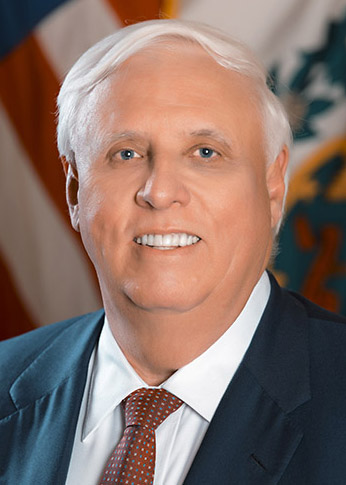Artist’s rendering of the IMSR Core-Unit. (Credit: Terrestrial Energy)
In the ongoing quest to mitigate the effects of climate change, new technology can create new solutions. Even today, however, coal is still a main source of power around the globe, often out of necessity. Many coal-burning plants have already been converted for gas or biomass, but these measures alone are not nearly enough to meet net-zero carbon goals. There is a better solution, however: repowering coal plants with nuclear technology—specifically, Generation IV reactors.
This landscape speckled with glittering stars is the edge of a nearby, young, star-forming region called NGC 3324 in the Carina Nebula. Captured in infrared light by NASA’s new James Webb Space Telescope, this image reveals for the first time previously invisible areas of star birth. (Photo: NASA)
ANS’s August 4 online event “The New Space Race is Going Nuclear” featured several expert panelists who discussed the growing importance of nuclear technologies in space commercialization and exploration. Although nuclear energy has long played a role in space missions, participants discussed the latest exciting developments in the space nuclear field and presented their views on how increased application of nuclear technologies could fundamentally transform the ways in which both crewed and uncrewed space missions are carried out.
Rendering of the proposed GEH Nuclear Energy BWRX-300 SMR at the Clinch River site. (Image: GE Hitachi)
The Tennessee Valley Authority and GE Hitachi Nuclear Energy (GEH) have signed an agreement to support planning and preliminary licensing for the potential deployment of a BWRX-300 small modular reactor at the Clinch River site near Oak Ridge, Tenn., the utility’s president and chief executive officer, Jeff Lyash, announced last week.
An evolution of GEH’s 1,520-MWe Generation III+ ESBWR design, the BWRX-300 is a 300-MWe water-cooled, natural-circulation SMR with passive safety systems.
The Wyoming Energy Authority’s Glen Murrell (left) shakes hands with INL’s John C. Wagner at the MOU signing ceremony on May 4. (Photo: WEA)
Battelle Energy Alliance (BEA), the management and operating contractor for Idaho National Laboratory, has signed a five-year memorandum of understanding with the State of Wyoming to collaborate on the research, development, demonstration, and deployment of advanced energy technologies and approaches, with a special focus on advanced nuclear.
A pair of Westinghouse AP1000 reactors at China's Haiyang nuclear power plant.
China’s State Council recently approved the construction of four Westinghouse AP1000 reactors—two at China’s Sanmen plant in Zhejiang Province and two at the Haiyang plant in Shandong Province.
The plants currently house two AP1000 units each. Sanmen’s reactors are rated at 1,157 MWe and Haiyang’s at 1,170 MWe. Sanmen-1 and -2 began commercial operation in 2018. Haiyang-1 started commercial operation in 2018, and Haiyang-2 in 2019.
High-voltage power lines carry electricity generated by the Tennessee Valley Authority to Oak Ridge National Laboratory. (Photo: Dobie Gillispie/ORNL, DOE)
The Tennessee Valley Authority and Oak Ridge National Laboratory have signed a memorandum of understanding to advance decarbonization technologies in pursuit of the federal government’s net-zero-by-2050 goal, the utility and the lab announced yesterday in a joint press release.
An advanced nuclear reactor technology park is hoped for the 935-acre Clinch River site. Image: TVA
The Tennessee Valley Authority’s board of directors has given the go-ahead for a program that will explore the development and potential deployment of small modular reactors as part of the utility’s decarbonization strategy.
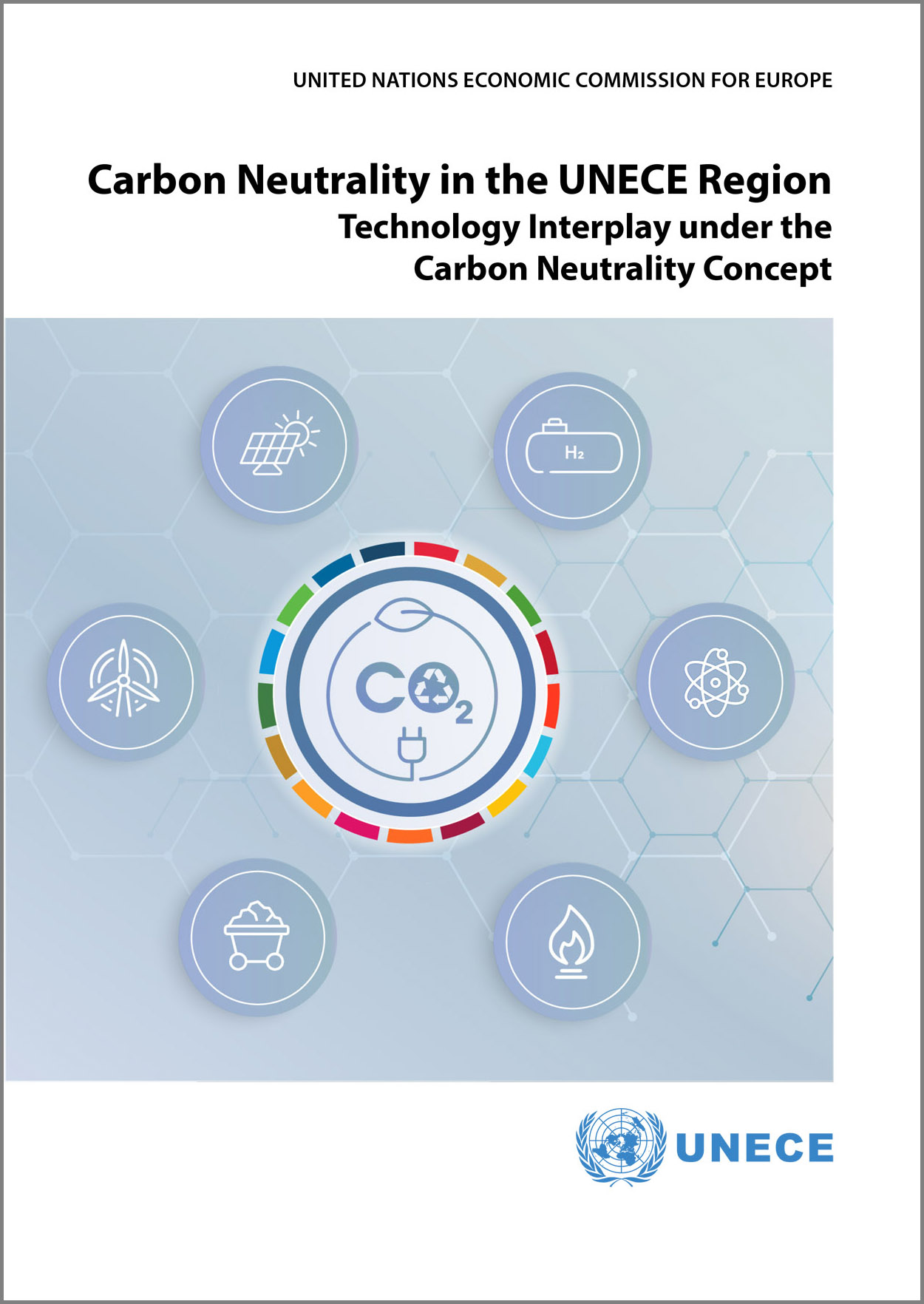 Released this week in the lead-up to November’s COP27 event in Egypt is a report from the United Nations Economic Commission for Europe, Carbon Neutrality in the UNECE Region: Technology Interplay under the Carbon Neutrality Concept, which calls for maximizing the use of all low- and zero-carbon technologies—including nuclear technology—to achieve net-zero carbon emissions by 2050.
Released this week in the lead-up to November’s COP27 event in Egypt is a report from the United Nations Economic Commission for Europe, Carbon Neutrality in the UNECE Region: Technology Interplay under the Carbon Neutrality Concept, which calls for maximizing the use of all low- and zero-carbon technologies—including nuclear technology—to achieve net-zero carbon emissions by 2050.

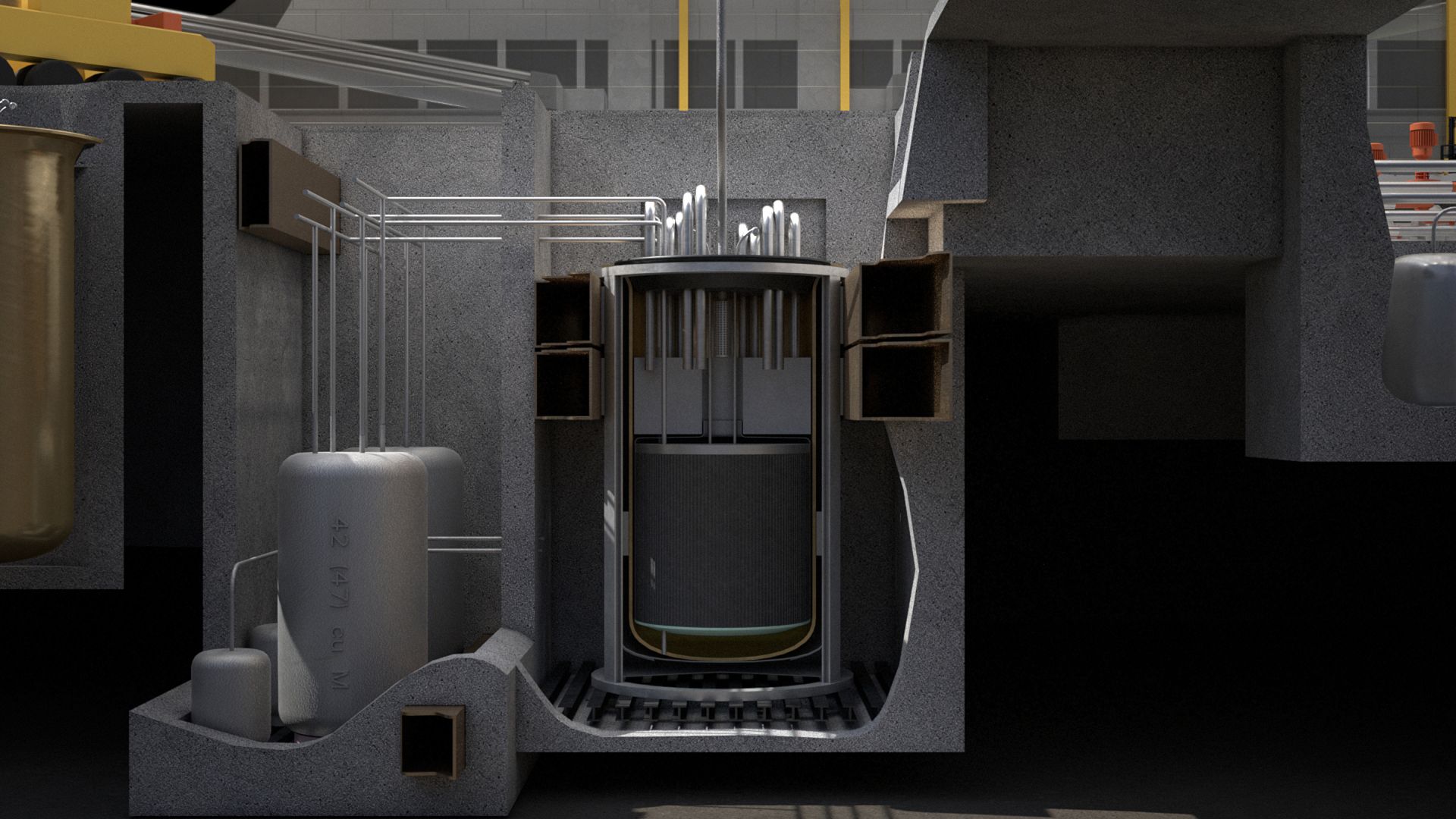

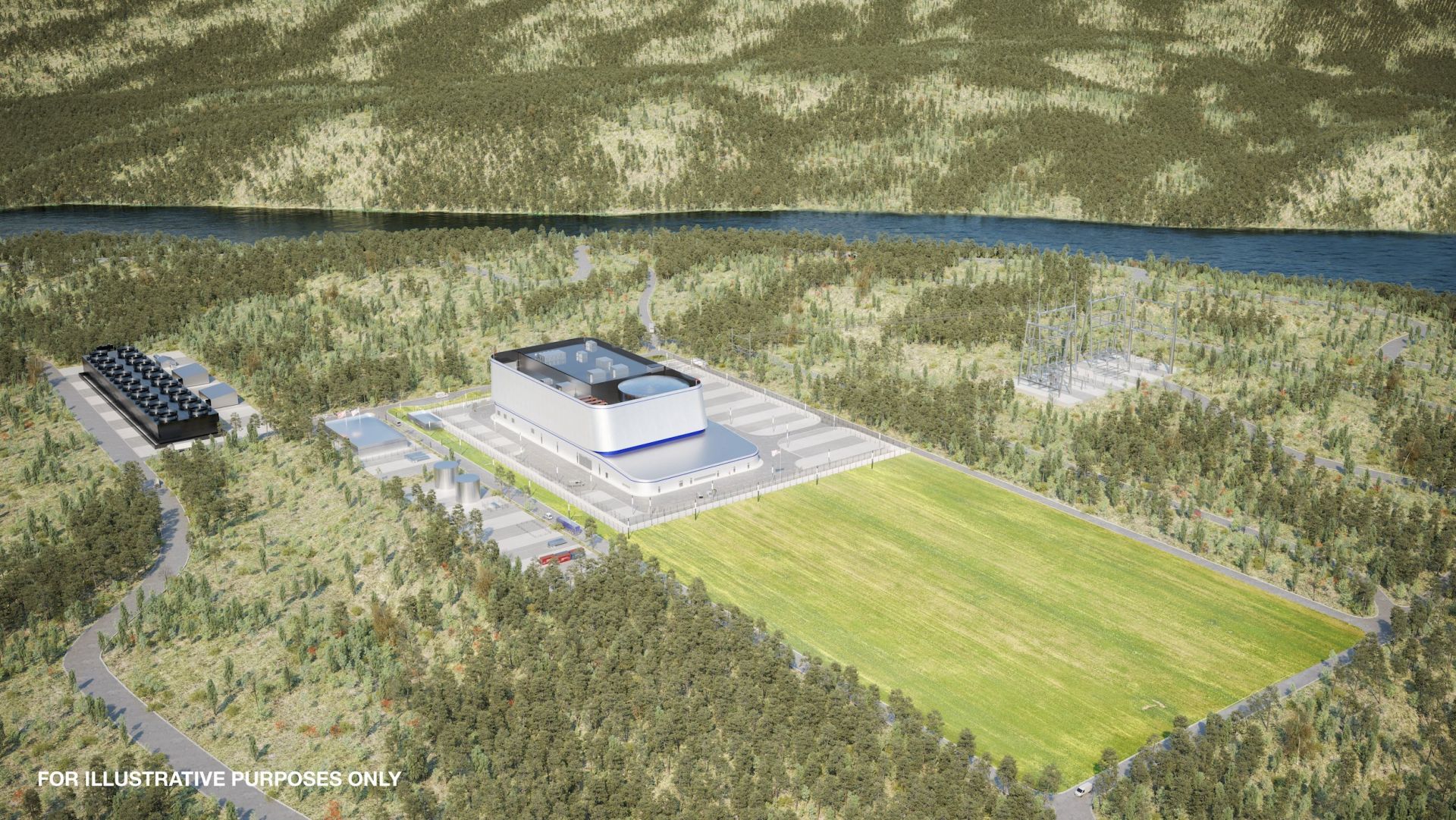
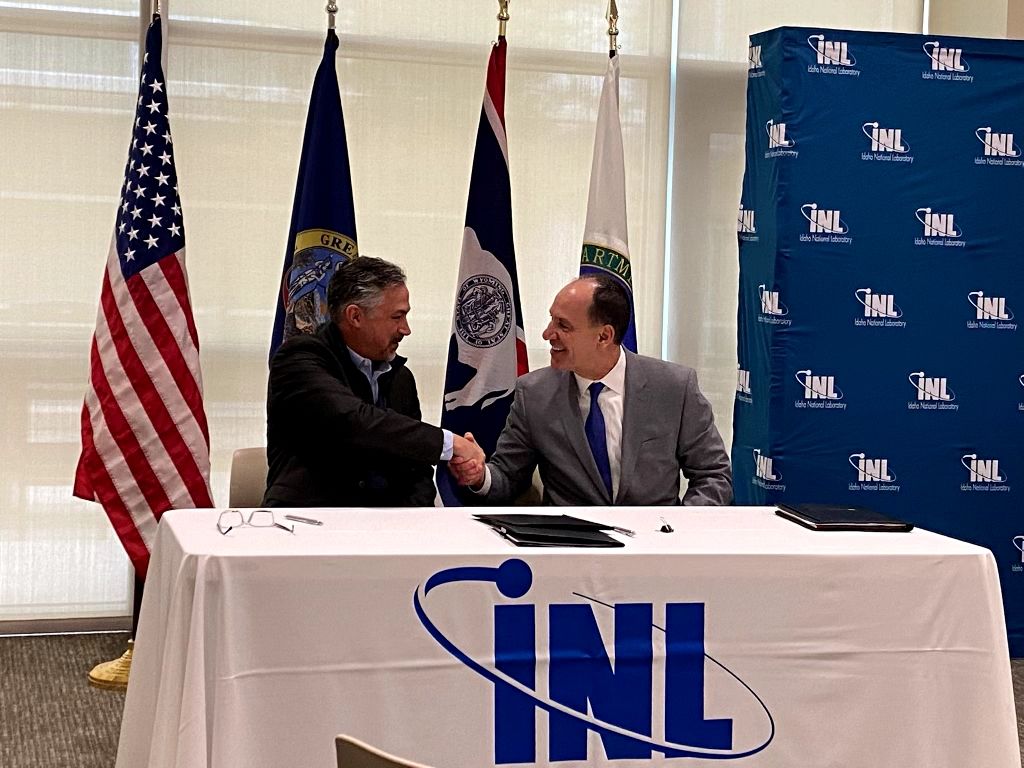
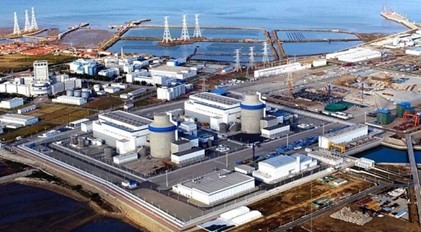



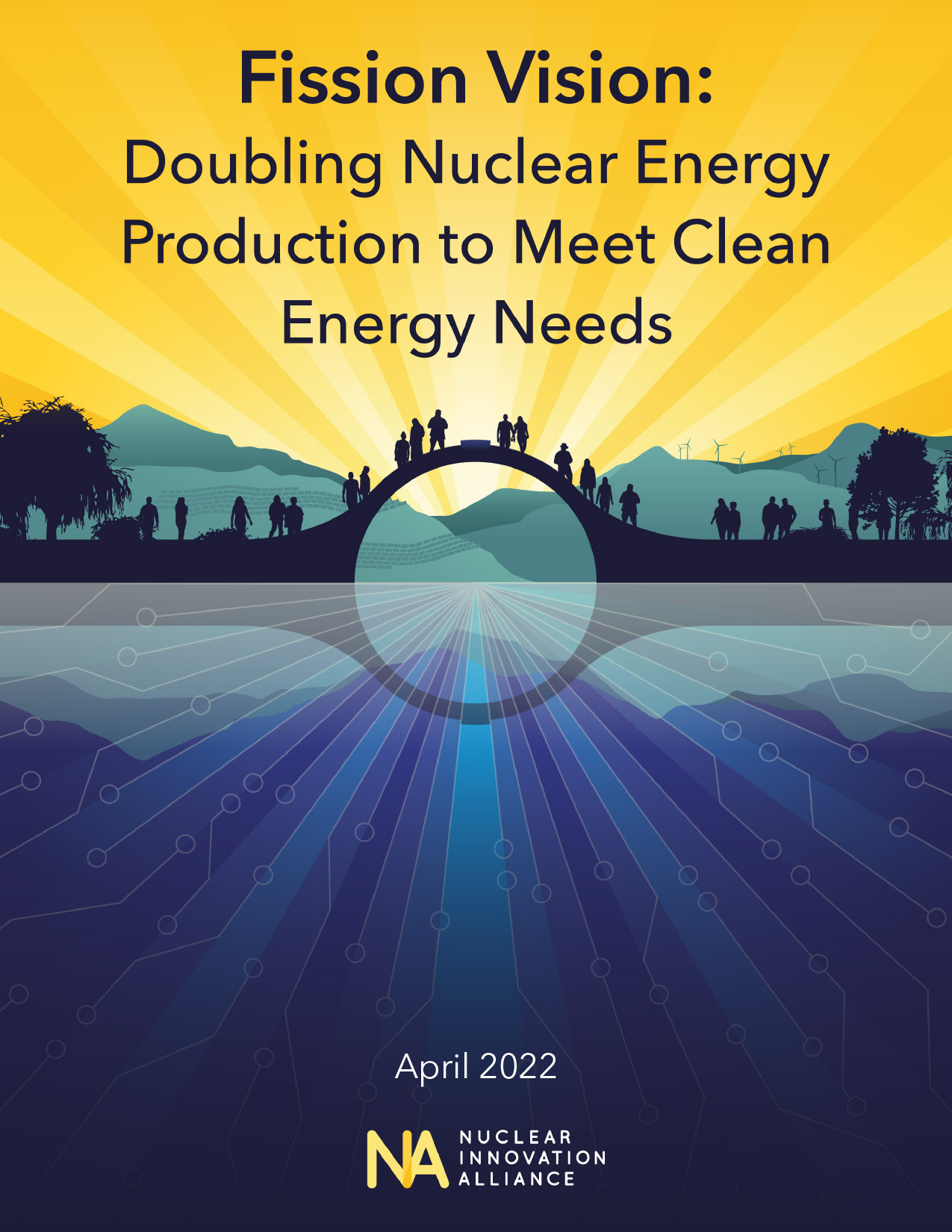 The Nuclear Innovation Alliance (NIA), a nonprofit advocating for advanced nuclear, has announced the publication of a new report,
The Nuclear Innovation Alliance (NIA), a nonprofit advocating for advanced nuclear, has announced the publication of a new report, 
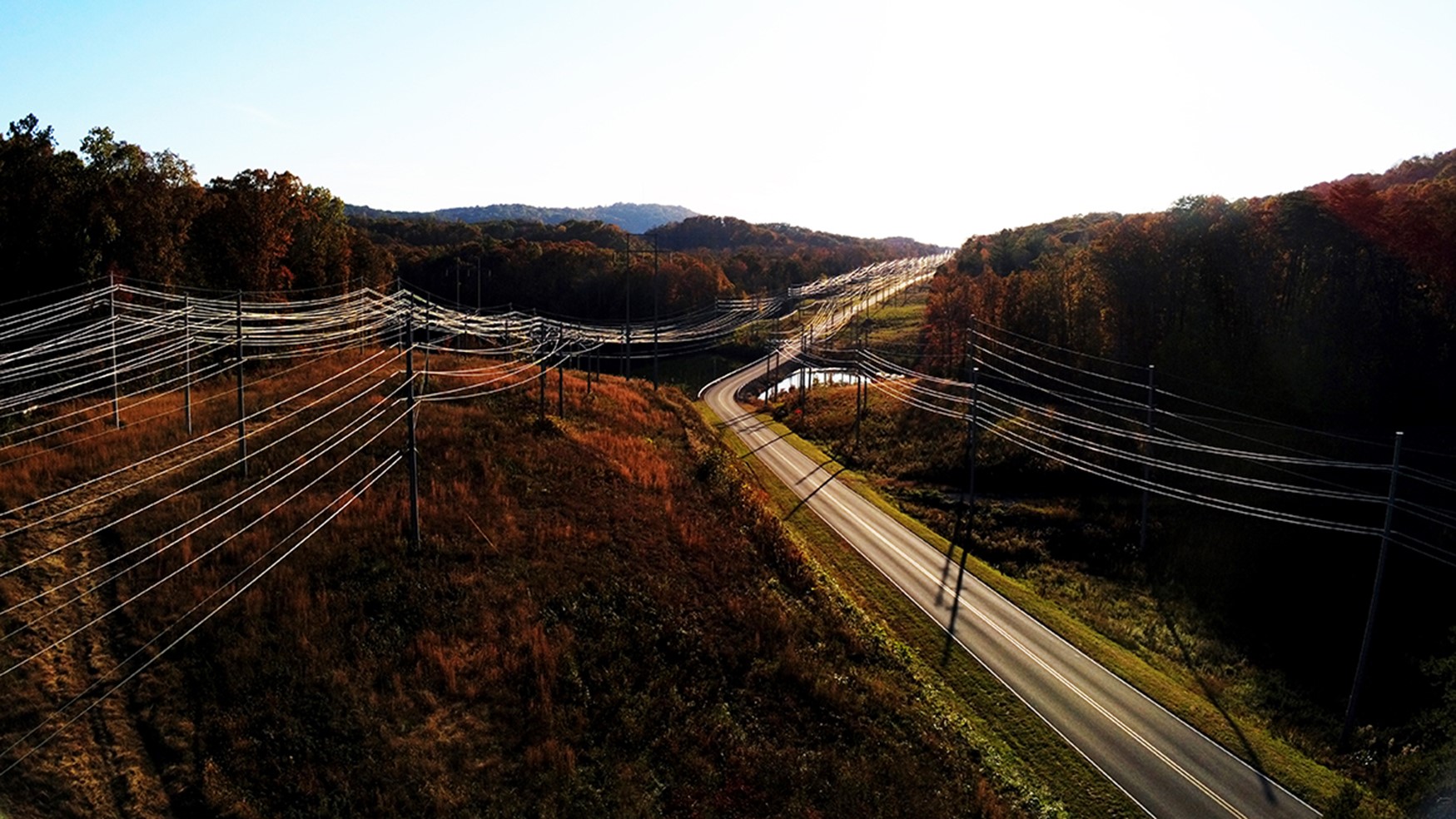
.jpg)
